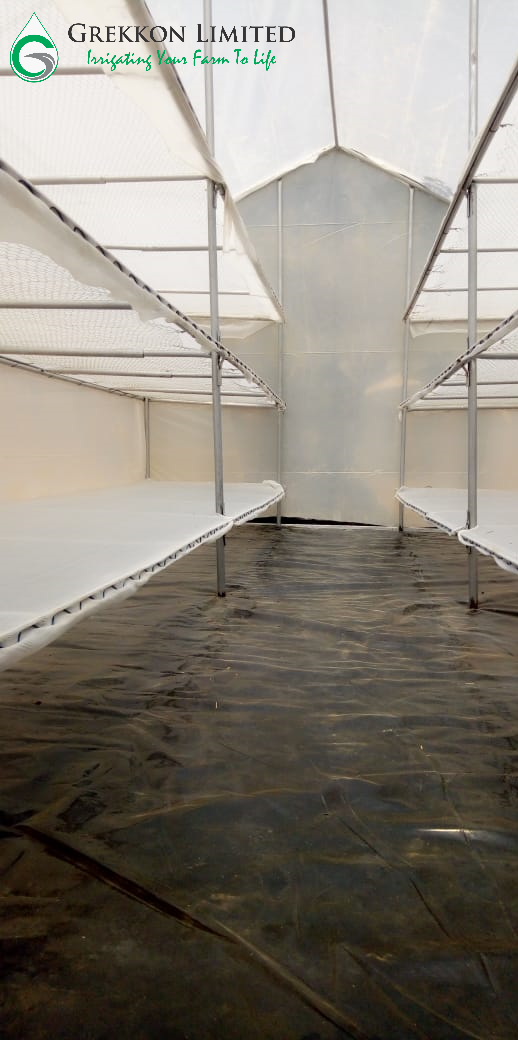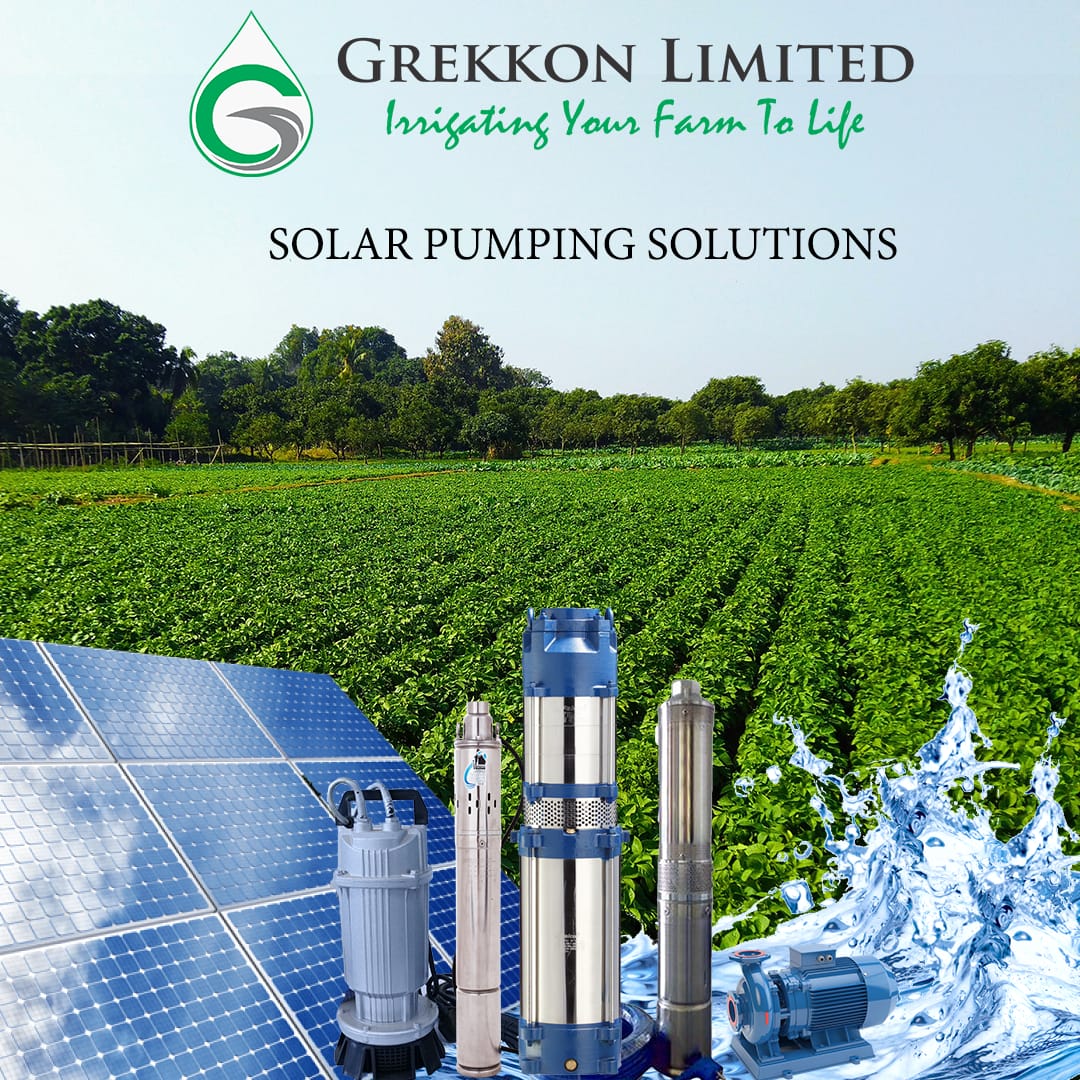Germination Trays
We manufacture seed germination trays in Kenya with UV-treated PVC plastic material. Our germination trays for sale have cell sizes as; 28, 50, 66, 160, 200, 204, and 288. Every seedling tray cell has a perforation at the bottom to allow for water drainage and root aeration.
Germination trays for sale;
- Tomato seedling trays
A farmer growing tomato for the greenhouse will use the 200 or 204 cell trays. These tomatoes will be small in size during transplanting to this protected environment. A farmer growing outdoor tomato will use the 128 – 160 hole seedling trays. These tomato seedlings will be bigger and stronger to withstand harsh climatic conditions in the field.
- Onion seedling trays.
Growers doing onions will use the 288 cell seedling trays.
- Different seedling production in trays.
Onion has tiny seedlings which at maturity fit well in small cells. Tomato, peppers, cabbage, and chilies will use larger cells seedling trays.
- Seedlings production in trays.
Apply the coco peat planting media on all cells up to 3/4. Place the tiny seeds individually in each cell, then cover with the coco peat planting media

Germination trays with coco peat ready for planting
Germination Trays FAQs
i. What are seedling tray prices?
Our UV-treated PVC seedling trays cost Kes 90 apiece for all cell numbers. These seedlings trays prices in Kenya are retail, and a discount is offered for bulk buyers
ii. What can I use for seed trays?
Vegetable seed germination, fruit tree or forestry seedlings growth, and silkworm growing
iii. How do you use germination trays?
In an era when farmers have graduated to high-value hybrid vegetable seeds;
- germination trays make it possible to account for each seedling, the reason that every seed is placed manually one by one
- this makes it easy to count actual germination and seedling survivals
- the seedlings have less pest and disease infestation because the trays are used with sanitized growing media
- at transplanting, the growing media covers the root system which prevents transplanting shock in the field or greenhouse
- transplanting shock slows down crop growth and delays maturity
iv. When should I transplant my seed trays?
When the crop has been hardened enough to withstand open field, or greenhouse conditions
v. How do you use seed trays?
Add treated planting media in each cell, then sow one seed per cell. Water it to keep it moist till transplanting
vi. How deep should a seed tray be?
Not less than 5cm
Grekkon Limited’s agronomists guide every farmer during procurement on the most appropriate tray to use.
There are no comments






